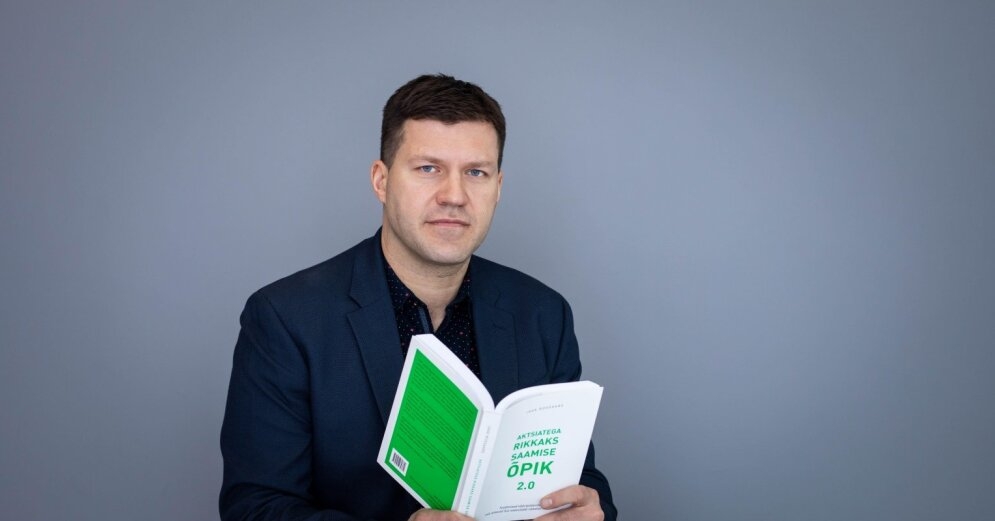Among the three Baltic states, according to various public data, the most active investors live in Estonia. Financial expert and lecturer Jaak Roossare explains it in a conversation with “Delfi Bizness” that for more than ten years there have been media promoting investing in the country, and books have been written and translated about accumulating one’s future capital. However, he is convinced that the other Baltic states can catch up with their northern neighbors.
Before we start talking about the year 2023, I wanted to ask: how do you assess the year 2022? From an outsider’s perspective, it seems that the Baltic stock market, despite its decline in value, fared better than the large, global stock markets.
I agree that compared to other markets, especially the US stock market, and other asset classes, the results are not that bad. Especially if we take into account that we are next to Russia, as well as the current geopolitical tension.
The main reason for this lies in the fact that there are no large investments from large funds in the Baltic market. Mostly small investors and some local pension funds operate here. So there was not a lot of pressure to rush and sell shares.
I also believe that the market had to cool down because it was pretty crazy at the high point – there were several IPOs (initial share offerings of companies) and also the government allowed Estonians to access their pension fund money in 2021. In my opinion, last year was a good year of market normalization.
But it was difficult for investors to get a positive return. In my opinion, the only company in Estonia that offered a positive return was “Enefit Green”, in Lithuania “Lina Agro” and in Latvia “SAF Technology“. I had a pretty good year myself because I had investments in these companies.
So your Baltic stock portfolio ended the year with a positive return?
Rather “by zero”.


